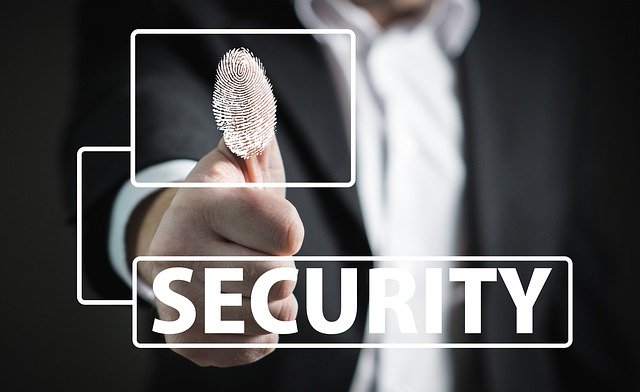Financial institutions, law enforcement agencies, e-commerce websites, and numerous other industries regularly deal with highly sensitive information. This includes credit or debit card numbers, social security numbers, official ID card details, residential and business addresses, and other confidential data. A single breach of this data can prove to be disastrous and instantly damage the reliability of a business, even if they have a remarkable reputation.
Based on historical data – and recent news – ID numbers, passwords, and PINs are insufficient as a standalone method of identity verification. No matter how strong our passwords are, there is still a need for an extra layer of protection given the rising cases of financial crimes such as identity theft, data breaches, phishing scams, and account takeovers. That is what makes biometric identification invaluable.
Table of Contents
The Importance Of Biometric Identification Technology
From smartphone logins and automatic sliding doors to remote bank accounts and online healthcare services, biometric authentication technology is on the rise. Biometric identification is more secure than any other form of identity verification technique as it uses unique biological characteristics rather than codes and passwords.
Consider this for a second: we use smart keys, passwords, and PINs as they are commonly used for user authentication. However, they have various shortcomings and vulnerabilities. For example, passcodes or PINs can be easily forgotten or stolen and smart keys can be misplaced or duplicated.
On the contrary, an individual’s biometrics or biological characteristics cannot be stolen, forged, or misplaced. Therefore, they provide a more secure way to verify an individual as compared to conventional methods.
How does Biometric Data become Readable?
To make biometric data readable, it has to be converted into a format that can be understood by an authentication system. This is accomplished with the help of biometric sensors.
A biometric sensor is a device that converts biometric data into a digital image. To make things simple, here’s what happens. First, the sensor analyzes light, speed, temperature, electrical capacity, and other types of energies. Next, it changes this data into an electronic signal which can easily be read by a biometric identification system. This way, the identity of a person can be verified within seconds.
If you have ever used your face or your thumb to unlock a smartphone, then you have used a biometric sensor.
Types of Biometric Identification Technologies
Although it is indisputable that biometric identification provides a clear advantage over conventional methods, some uncertainty still remains about which types of biometrics should be used by organizations. So, let’s take a deeper look into the most commonly used types of biometrics.
1. Fingerprint
Fingerprint recognition is the oldest and most commonly used type of biometric identification. Fingerprints are easy to obtain and can be verified by examining the unique rings, curves, and whorls in each pattern. After capturing the fingerprint, artificial intelligence algorithms are used to transform the fingerprint pattern to generate a unique digital “biometric template”. This template is then matched with new or existing scans in a database to authenticate or reject a match.
2. Facial Recognition
Facial recognition technology analyzes facial features, including the gap between the eyes, shape of the chin, and multiple other patterns on an individual’s face. Once this data is collected, an advanced algorithm converts it into a facial signature that is unique to each person.
3. Voice Recognition
Physically speaking, the shape of an individual’s vocal tract determines the sound produced by a person. Behaviorally, how a person says something i.e. their tone, speed, or accent, is also unique to each person. These key characteristics, both physical and behavioral, are used in the biometric authentication process to verify the voiceprint of a person through voice recognition.
4. Iris Recognition
If you closely observe the human eye, you will find that it contains numerous thread-like structures. These thick, asymmetric structures are the muscles that define the shape of a pupil. By analyzing the patterns in these muscles, biometric identification solutions can validate identities with maximum accuracy. Iris recognition also utilizes liveness detection, which requires users to blink for verification scans to add another layer of security and accuracy.
5. Retina Scan
By using advanced near-infrared cameras, retinal scans are able to capture capillary patterns deep within the human eye. Once this raw image is captured and analyzed, it is processed again in the form of a biometric template that can be used by businesses during the onboarding and identity verification stage.


Leave a Reply